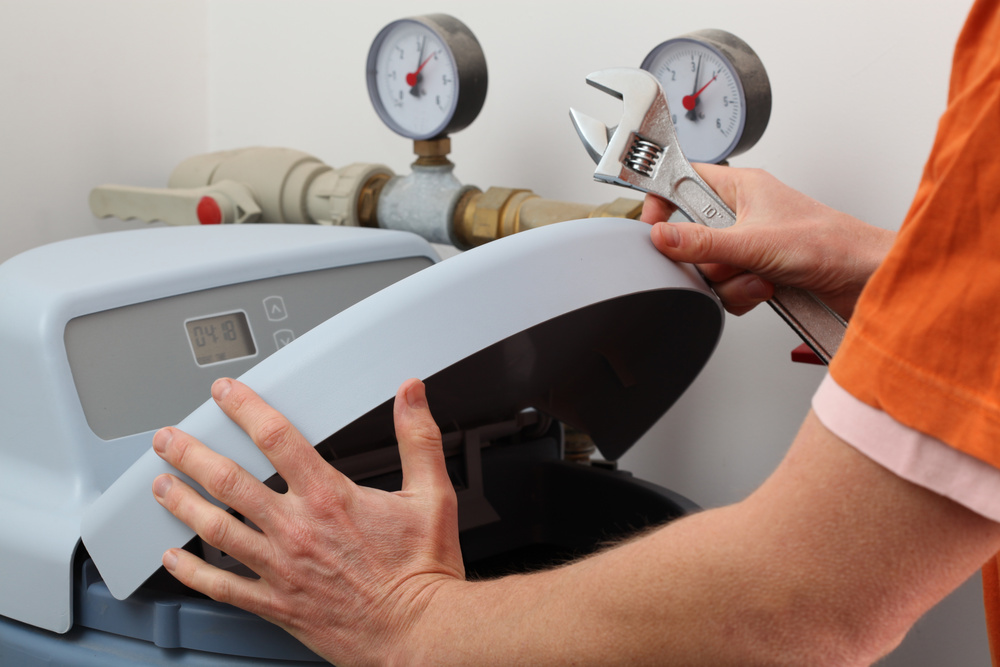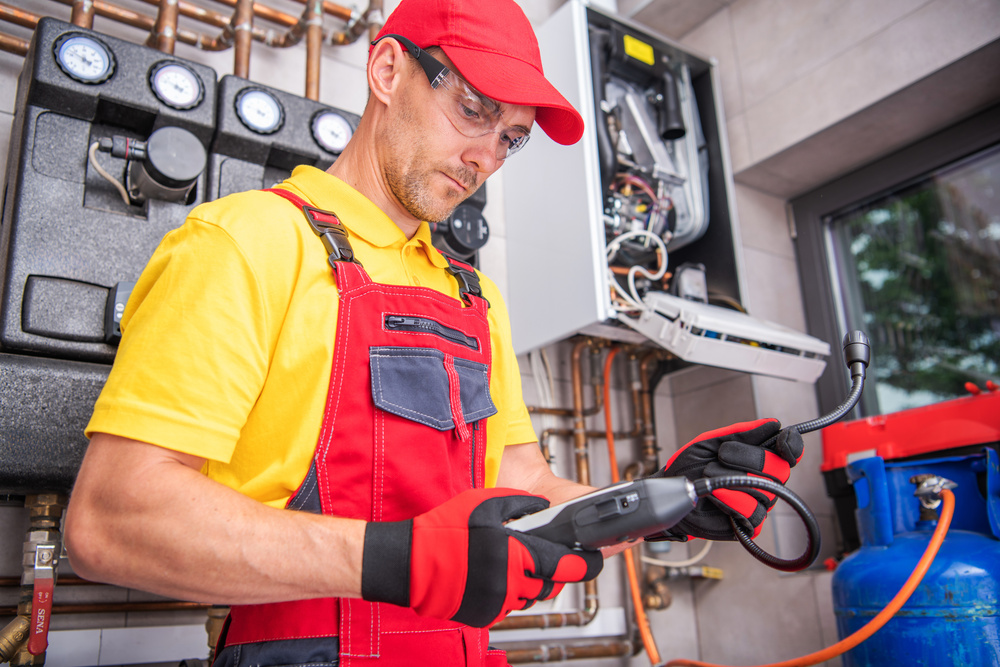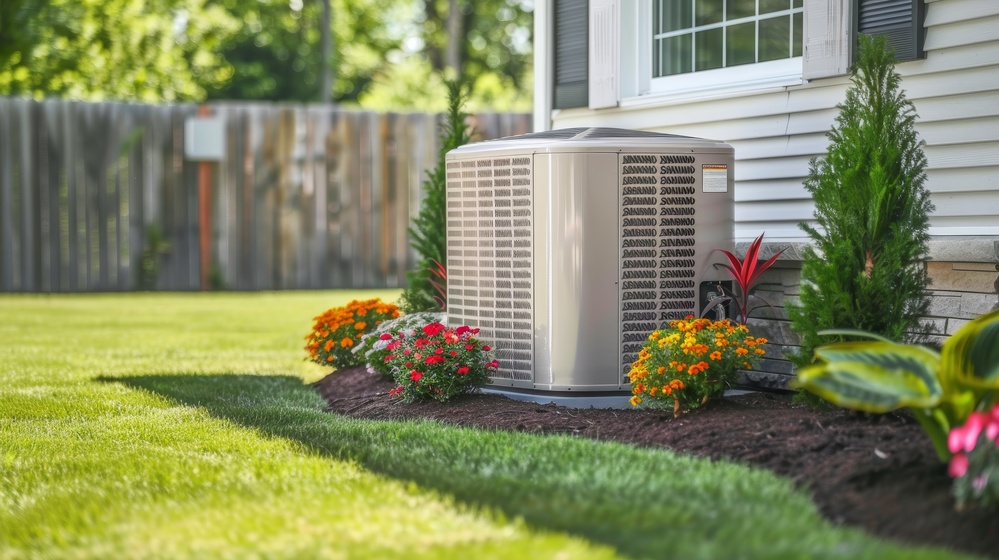How to Improve Indoor Air Quality All Year in Utah’s Unique Climate
Utah is a fantastic place to live. From beautiful cities like Provo, Ogden, and Salt Lake City to vast swaths of untouched nature, we have an all. But we also have an unusually dry climate punctuated by seasonal wildfires, wintertime inversions, and summer dust. It can all make for poor-quality indoor air.
The good news is that improving indoor air quality is possible all year long. You just need to know how to handle Utah’s unique environment. That starts with understanding the unique air quality challenges we face:
- Summer – High ozone levels and wildfires can worsen outdoor air. When that air gets into our homes, indoor air quality suffers.
- Winter – The temperature inversions Utah is known for in the winter months create a unique environment for PM2.5 pollution. This is because of heavier particles being trapped closer to the ground by denser air.
Throughout the year we are exposed to dust, pollen, and Utah’s legendary dryness. Throw in sources of indoor air pollution, and there is a real possibility of poor-quality air year-round. Now let us talk about how you can tackle it.
1. Upgrade Your Filtration
The place to start is with your HVAC filters. Essentially, you’re going to upgrade your filtration by using the highest-rated furnace filters your system will allow. Go with at least MERV-10 filters. If you can go higher, that’s a bonus.
Also be sure to change your filters every three months, at minimum. You may have to change more frequently during wildfire and inversion seasons.
2. Maintain the Humidity
Dry air can be problematic for people with respiratory issues. However, it can be annoying to all of us. You can fight excessively dry air by keeping indoor humidity at 30-50%. Even if you don’t have a humidifier attached to your HVAC system, you can get more moisture into the air by air drying your laundry indoors, adding indoor plants, and even placing bowls filled with water near HVAC vents.
3. Add a Portable Air Cleaner
If you are prone to allergies or respiratory problems, consider adding a portable air cleaner. A unit with a HEPA filter will significantly reduce your exposure to pollen, dust, and wildfire smoke. Or choose a UV light air purifier to address mold, bacteria, and other organisms.
4. Minimize Outdoor Pollutants
It is not possible to completely seal off your home from all outside pollutants. Just the process of walking into your house from outdoors brings some pollutants indoors. But you can minimize them with a few simple tricks.
On days when the outdoor air is fairly clear, open the windows and ventilate your home. Use fans to bring in fresh air while discharging stale air. On days when the outside air isn’t clear, ventilate using your kitchen and bathroom fans. They don’t have to run throughout the day, but you should at least run them after using each of the two spaces.
5. Minimize Indoor Pollutants
Finally, minimize indoor pollutants year-round. In the winter, don’t burn wood or wood pellets in your fireplace or your stove. The rest of the year, don’t smoke or vape inside your home. Keep that stuff outdoors. Also be sure to use low-VOC cleaning products. The same goes if you plan to paint.
Poor indoor air quality can make a home very uncomfortable to live in. But there are things you can do to maintain good quality air in your home. We can help by giving your HVAC system the once-over to make sure it is in good working condition. Contact us to learn more.





